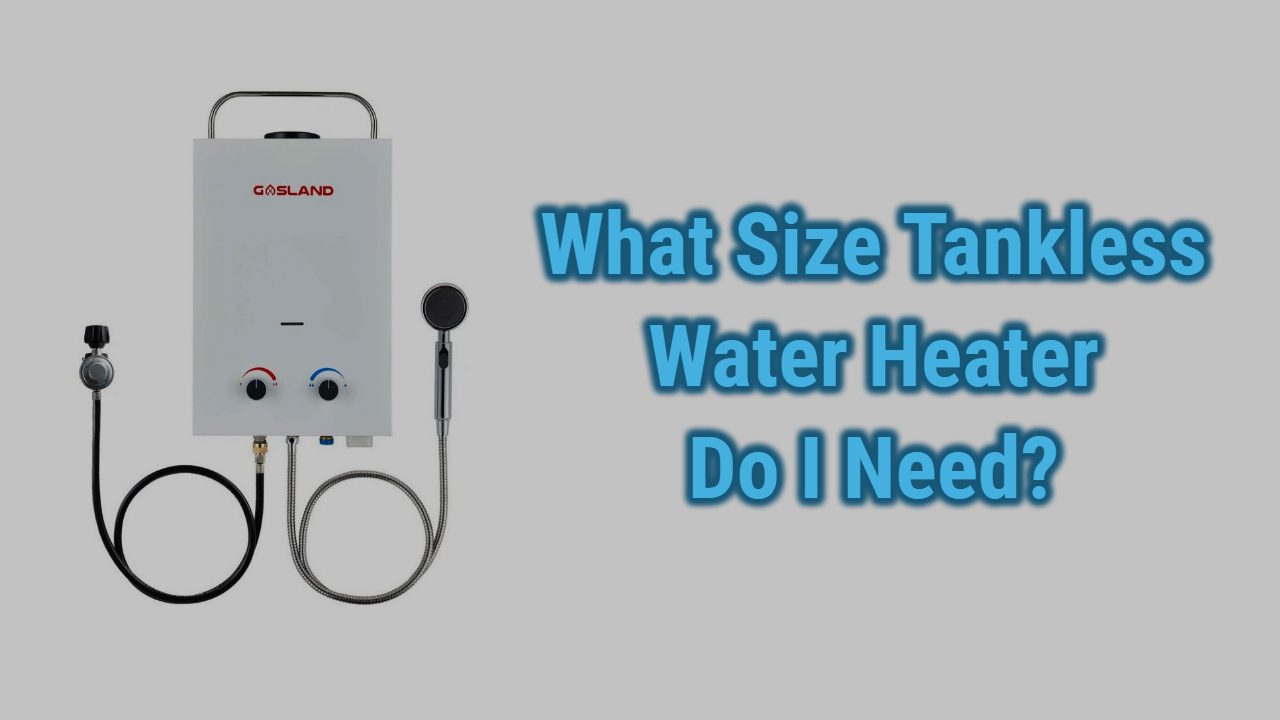If you are upgrading to a tankless water heater because your old heater is just not useful anymore or you require a water heater for a new house, a tankless water heater has the advantage to save you almost 30% energy cost annually. On top of that, the small size makes it a solid alternative to the conventional tank-type water heaters.
As you jump into the market to choose one, then you might get overwhelmed with the option you will be presented with. There are many brands with many water heaters of different specifications.
A tankless water heater supplies hot water continuously, but if your requirement is more and you need hot water simultaneously, then a small unit might not be able to provide hot water to every place.
That’s why it is important to size the generator before you make a purchase. If it is large, you will have to pay more. For your convenience, we have described every step in detail so that you can measure the size of the tankless water heater that you need.
Table of Contents
What Does the Size of A Tankless Water Heater Mean?
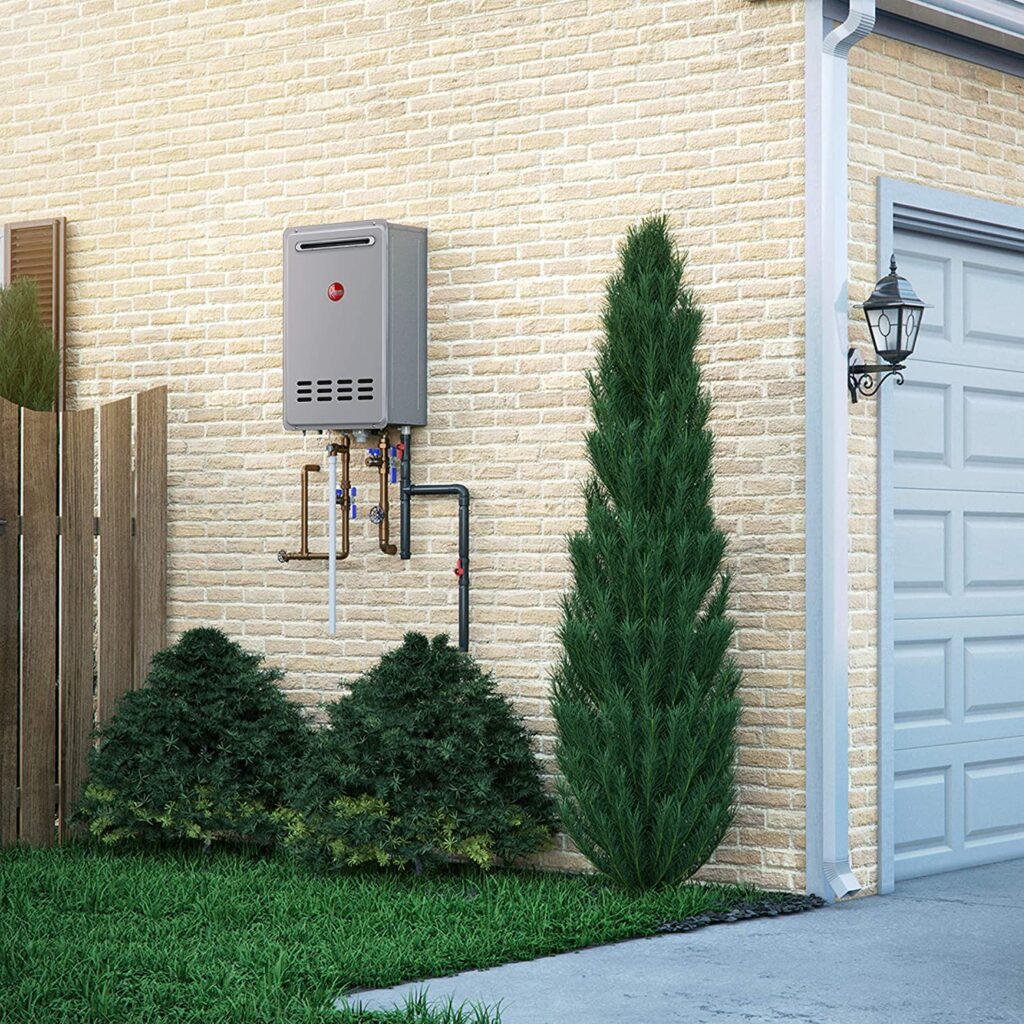
As you may be knowing the tankless water heaters supply water on demand. Unlike tank-type water heaters, these tankless units don’t have tanks to store the water. They heat the water as it passes through the unit up to a certain temperature; the unit will maintain that temperature, so you won’t have to worry about it.
The water that flows through the unit goes to various outlets, and to supply the water to these outlets, and it should heat a certain amount of water in a certain amount of time. With this in mind, the ability of a tankless water heater is measured in terms of its flow rate. In this article, what we meant by the size is the flow rate of the unit.
Now, let’s go ahead and find out how you can actually size the tankless water heater which you are going to need.
Basics of Sizing Tankless Water Heater
As you know, these heaters heat the water as they flow, so the water heater is rated based on the maximum flow of water it can supply with a certain degree of increase in temperature. The amount of heat a tankless water heater needs to supply depends on the temperature setting and the temperature of incoming water. If the water is colder, then more energy will be used as compared to the hot water.
So, to get the water heater of the adequate size, you will have to know the flow rate or amount of hot water needed when all the hot water faucets and showers are turned on during peak demand. The heater should supply the water to all the outlets. If you choose the smaller unit, it will throttle itself when the hot water demand increases its capacity. This will result in a decreased flow rate and pressure at every outlet.
Another thing that needs to be considered is the amount of temperature rise, a heater will need to heat the water to a certain temperature, and it should be able to do it satisfactorily at a certain flow rate.
What Should Be the Flow Rate?
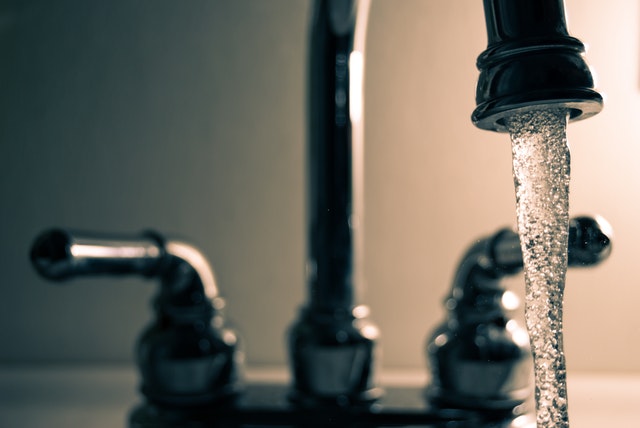
If you want your water heater to continuously supply the hot water to all outlets simultaneously, the first thing is to determine the peak hot water consumption and how much flow rate a heater will need to supply.
To know the total flow rate, you will first need to determine the total number of hot water outlets and how many of them will be used simultaneously. The maximum peak demand for water may be in the morning or the evening. So the heater should be able to supply enough hot water without a decrease in the pressure or the flow at those times.
Every outlet in your house is going to have a flow rate, and once you decide the number of outlets that will use the hot water simultaneously, then you can add the flow rate of them all. The heater should have at least that much flow rate to get enough continuous hot water. Also, a heater that always works at its full capacity will not be going to last much.
Consider this, a typical flow rate for a showerhead is 1.6 GPM. Now suppose there are two of them, and both of them are connected to the same tankless water heater. So the total flow rate a heater should have for a satisfactory amount of water to flow from both the shower heads should be 3.2 GPM.
Similarly, add the GPM of all the outlets you are going to use simultaneously. To know the specific flow rate, you can refer to the owner’s manual. But if you don’t have one, then you can see the flow rates in charts available online.
Temperature Rise
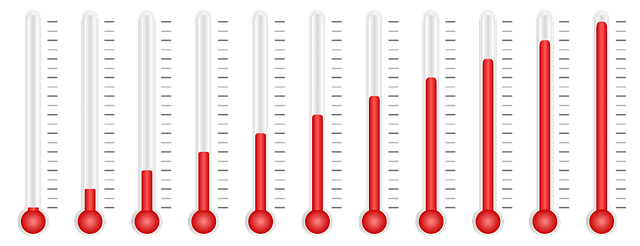
The second step in the process is to determine the amount of heat the heater has to supply to bring the water to the required temperature. This is a fairly simple step to perform, but first, you will need to know the temperature of the incoming water in your house.
To determine the temperature of feed water, you can simply use the thermometer and can note down the reading, or you can refer to the groundwater temperature chart, which will be available online. This is because the water temperature will vary significantly in different states of the United States.
Once you know the groundwater temperature or the temperature of your inlet pipe, then subtract it from the water temperature which you desire for your hot water to have when it flows out of the heater. This determines the amount of heat the heater will need to generate to raise the temperature of inlet water.
Temperature rise = Needed outlet temperature – Inlet temperature
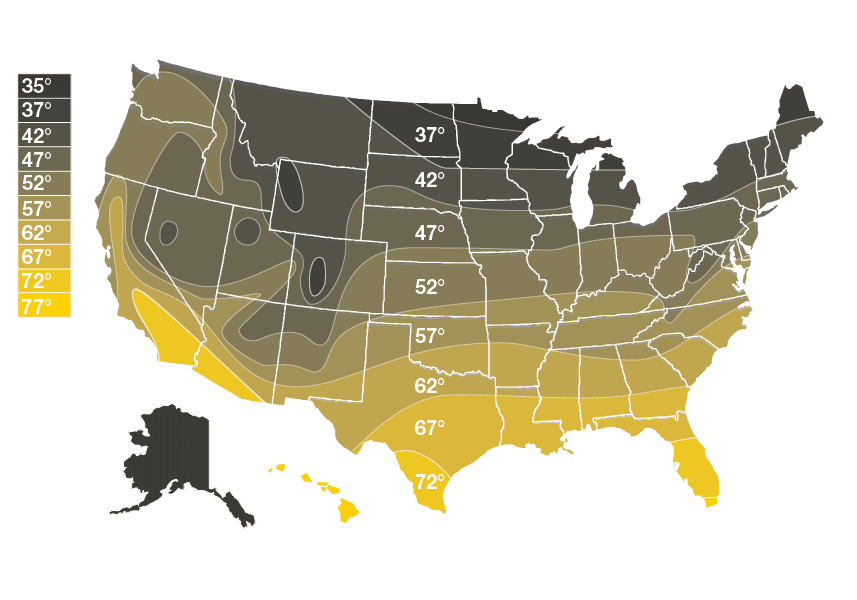
For example, the temperature of inlet water is 40°F, and you want the outlet temperature to be 110°F so for that, the heater will need to supply the heat to increase the temperature by 70°F. So, to get a satisfactory flow of hot water and for the water to have a temperature of 110°F temperature, a heater should be able to increase the temperature of 1.5 gallons of water by 70°F at every minute, considering the flow rate of the tap is 1.5 GPM.
If more than one outlet is turned on, then the quantity of water increases, of which the heater will need to increase the temperature every minute.
This calculation basically gives you an idea about how tough the heater will need to work.
Conclusion
By now, you should know your peak water demand and the temperature rise. Now you are all set to go and choose the right heater that can fulfill all your hot water needs. But there are heaters which work either on gas or on electricity, so which one to choose.
Gas water heaters are more powerful than electric water heaters, which means a gas water heater can raise the temperature of more water than an electric water heater can in the same amount of time. Moreover, always check the flow rates and temperature rise specifications of a model before making a purchase.
